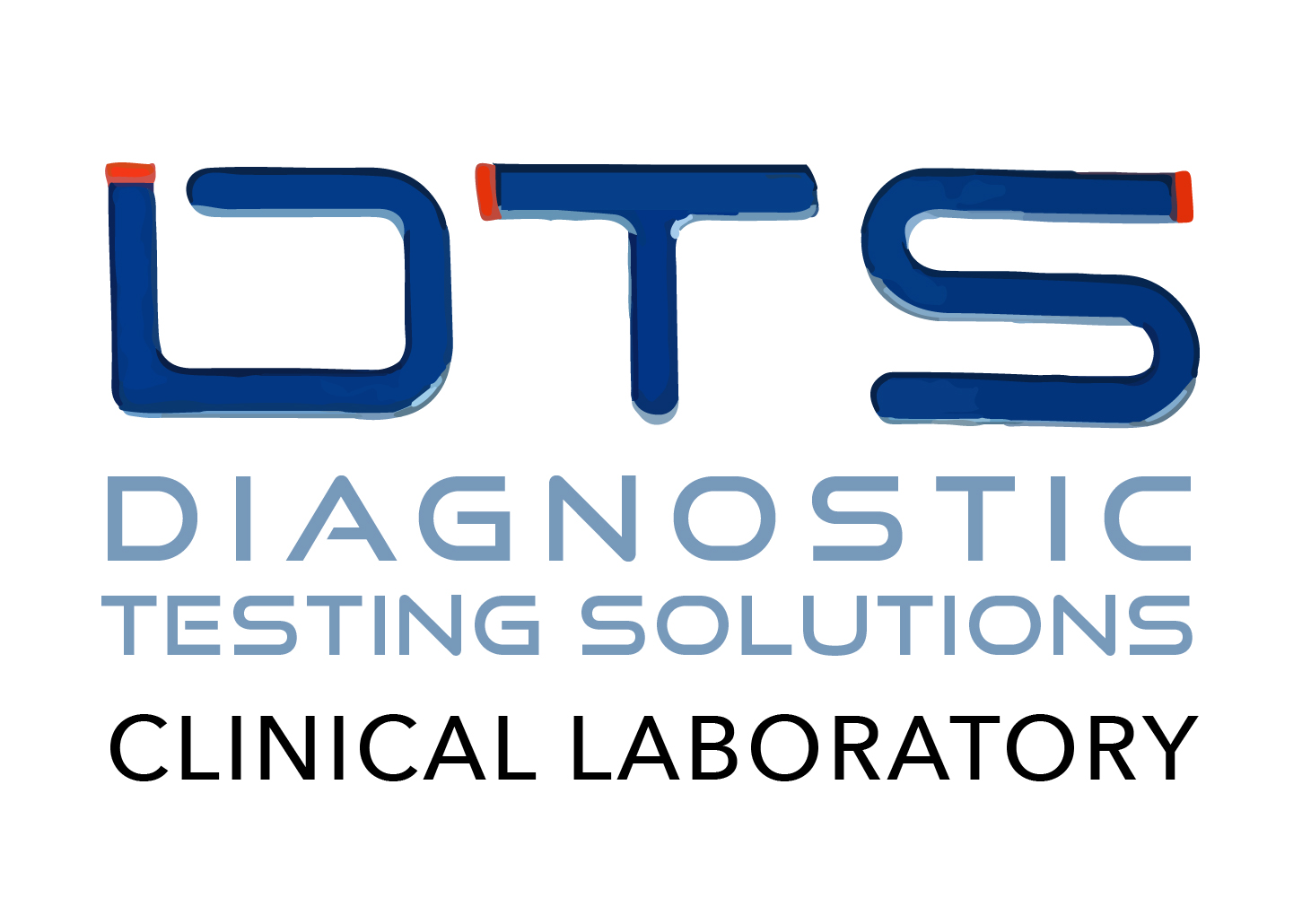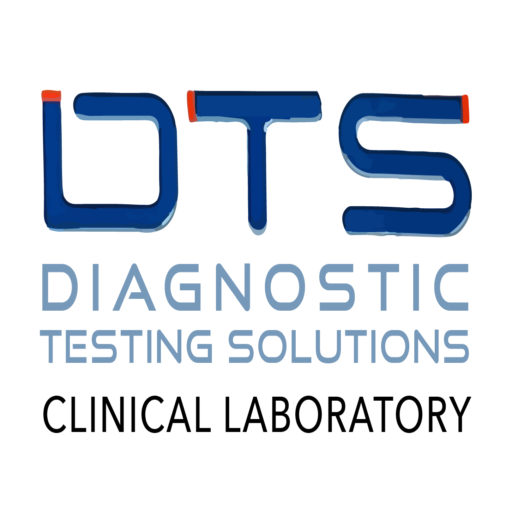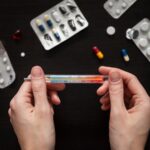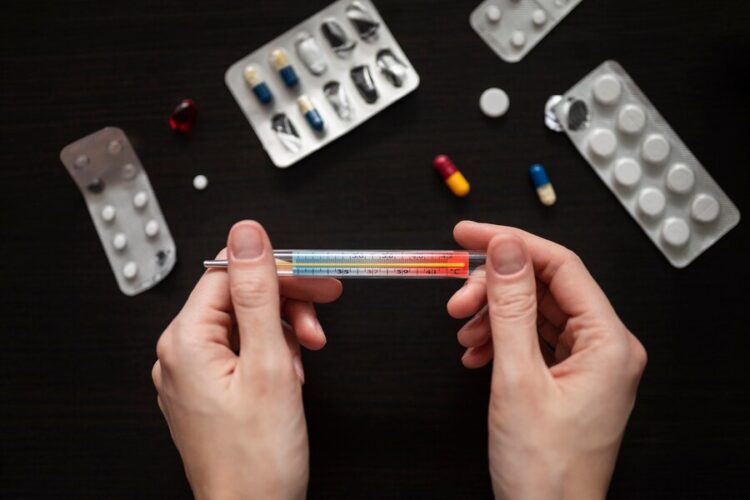
Drug and alcohol test is critical in ensuring safety, health, and compliance in various environments like workplaces, law enforcement, and healthcare settings. These tests help detect substances such as drug metabolites, alcohol, THC (cannabis), cocaine, opioids, and more in the body. Understanding the science behind how these tests work is essential to grasp their importance and effectiveness in detecting recent and long-term substance use.
How Drug and Alcohol Tests Work
Drug and alcohol tests analyze biological samples like urine, blood, saliva, hair, and breath to detect substances. The tests use advanced technologies such as immunoassay, gas chromatography-mass spectrometry (GC-MS), and high-performance liquid chromatography (HPLC) for accurate and reliable results.
Key Testing Methods:
- Urine testing: Common, non-invasive, and cost-effective.
- Blood testing: Highly accurate for real-time results.
- Saliva testing: Quick, ideal for recent substance detection.
- Hair follicle testing: Best for detecting long-term substance use.
- Breath alcohol testing: Measures blood alcohol concentration (BAC) in real-time.
Drug Metabolites: Key to Detecting Substance Use
When substances enter the body, they are broken down into drug metabolites, byproducts excreted through urine, sweat, hair, and other body fluids. The presence of these metabolites serves as an indicator of recent or past drug use, depending on the type of test performed.
Detection Windows for Drug Metabolites
- Urine tests: Can detect substances like THC, cocaine, and opioids within days of use.
- Hair follicle tests: Detect drug use over a longer period, often up to 90 days or more.
The window for detecting these metabolites varies based on factors like metabolism, the specific substance, and the type of test.
Types of Drug and Alcohol Tests:
Several drug and alcohol tests are used today, each with specific strengths depending on the setting. Choosing the right test, whether for pre-employment screening, random workplace testing, or law enforcement checks, is crucial. One common question people ask is, Can You Eat Before a Drug and Alcohol Test? This depends on the type of test, as some tests may be affected by food or drink consumption, especially when testing for alcohol.
1. Urine Drug Tests
Urine tests are one of the most commonly used methods due to their non-invasive nature, quick results, and ability to detect a range of substances such as THC, cocaine, opioids, and benzodiazepines.
How Urine Tests Work:
- They use immunoassay testing to detect drug metabolites.
- A positive result from immunoassay is often confirmed with GC-MS for increased accuracy and to eliminate the possibility of false positives.
2. Blood Drug Tests
Blood tests provide the most accurate measure of the current levels of drugs or alcohol in the bloodstream. They are typically used in situations where immediate, precise data is needed, such as DUI investigations, medical emergencies, or legal disputes.
Advantages:
- Directly measures active substances, not just metabolites.
- Offers a real-time assessment of impairment.
3. Saliva Drug Tests
Saliva tests are becoming more popular due to their non-invasive nature and ability to quickly detect recent drug use. They are particularly useful in roadside testing or workplace screenings for drugs like THC, cocaine, and amphetamines.
When to Use Saliva Tests:
- Ideal for detecting drug use within hours to a few days.
- Commonly used in scenarios where rapid results are required, such as at DUI checkpoints.
4. Hair Follicle Drug Tests
Hair follicle tests are highly effective for detecting long-term drug use. Drug metabolites get deposited into hair follicles, providing a record of drug use that can extend over several months.
Key Benefits:
- Detects drug use for up to 90 days or longer.
- Often used in legal proceedings, addiction recovery programs, and pre-employment screenings.
5. Breath Alcohol Tests
Breath alcohol tests, using devices like the breathalyzer, are commonly employed to measure blood alcohol concentration (BAC). They are widely used in DUI checks and workplace safety checks to assess real-time alcohol consumption.
How They Work:
- The breathalyzer measures alcohol levels in a person’s breath, which correlates with their BAC.
Advanced Testing Technologies: GC-MS and HPLC
Advanced technologies like GC-MS and HPLC are often used for confirmatory testing after initial screenings, ensuring precise results.
GC-MS:
Gas chromatography-mass spectrometry (GC-MS) separates and accurately identifies compounds in a sample. This method is widely regarded as the gold standard for confirmatory testing because of its high level of precision.
Why GC-MS Matters:
- Eliminates the risk of false positives by accurately identifying specific substances.
- Frequently used in clinical, forensic, and legal settings.
HPLC: Precision in Drug Testing
High-performance liquid chromatography (HPLC) is another reliable method to separate and analyze complex compounds in biological samples. This technique is especially effective for detecting difficult substances to analyze with other methods, making it valuable in clinical toxicology and forensic investigations.
Factors That Affect Drug Test Results
Various factors can influence the accuracy of drug and alcohol tests. Understanding these factors is essential for correctly interpreting test outcomes and ensuring reliable results.
Biological Factors Affecting Results
- Metabolic Rate: Individuals with slower metabolism may retain drug metabolites for longer, extending the detection window for certain substances. Conversely, a faster metabolism can lead to shorter detection periods.
- Age and Health Conditions: Factors such as age, weight, liver or kidney function, and overall health can impact how quickly substances are processed and eliminated from the body. For example, older individuals or those with compromised liver function may take longer to break down drugs or alcohol, affecting test results.
False Positives and False Negatives
- False Positives: Occurs when a test incorrectly identifies the presence of a substance that isn’t there. Certain medications, foods, or over-the-counter products can sometimes trigger a false positive. Confirmatory tests like gas chromatography-mass spectrometry (GC-MS) are crucial in verifying these results and eliminating errors.
- False Negatives: This happens when a test fails to detect a substance that is present, often due to low sensitivity, improper sample collection, or timing issues (e.g., testing too long after consumption). Ensuring proper handling and using more sensitive testing methods can minimize false negatives.
The Future of Drug and Alcohol Testing
The future of drug and alcohol testing is rapidly evolving with new technologies that make the process faster, more accurate, and far less invasive. These advancements promise to transform how substances are detected, offering greater convenience and real-time monitoring.
Emerging Non-Invasive Testing Methods
- Wearable Biosensors: These devices, worn on the body, continuously monitor substance levels in real-time. They provide instant feedback on drug or alcohol use, making them ideal for situations that require ongoing monitoring, such as rehabilitation programs or workplace compliance. This technology allows for long-term substance management without invasive testing methods.
- Portable Testing Devices: Handheld or portable testing units are being developed to offer on-the-spot results. These devices allow for immediate, confirmatory testing without needing lab analysis, making them highly useful in settings like roadside sobriety checks, workplaces, or even in-home testing. As these devices improve, they will increase accessibility to accurate testing while reducing wait times.
Mistakes to Avoid When Conducting Drug Tests
While these emerging technologies provide promising new ways to test for substances, it’s essential to avoid common pitfalls during the testing process. Understanding mistakes to avoid when conducting drug tests such as improper sample collection, failing to follow protocol, or using outdated testing methods can help ensure accurate results and maintain compliance with legal standards. Avoiding these errors is critical for minimizing false positives or negatives and for protecting both the organization and the individual being tested.
Conclusion:
Drug and alcohol testing is integral to maintaining safety and health in workplaces, on the road, and in clinical settings. Understanding how these tests work—from urine and blood tests to advanced methods like GC-MS—helps clarify their role in detecting substances and preventing accidents or abuse.
As testing technologies evolve, drug and alcohol detection will continue to improve, providing more reliable, accurate, and non-invasive solutions for detecting bodily substances. Whether for legal reasons, workplace safety, or public health, these tests are essential in maintaining safety and compliance in modern society.
FAQ’s
What is the science behind drug tests?
Drug tests detect drug metabolites—byproducts formed when the body processes substances. Common methods include immunoassay for screening and GC-MS for confirmation.
How are drugs detected in the body?
Drugs are detected by analyzing biological samples like urine, blood, saliva, or hair, which contain metabolites that indicate recent or past drug use.
How do drug tests test for alcohol?
Alcohol tests use breathalyzers, blood tests, or saliva tests to measure alcohol concentration, reflecting levels in the bloodstream for recent consumption.
What tests can be performed to detect drugs in drinks?
Tests like GC-MS or LC-MS can detect drugs in drinks, identifying substances such as alcohol, sedatives, or illicit drugs with high accuracy.
What is the best test to detect drugs?
The best drug test depends on the context:
- Blood tests are the most precise.
- Urine tests are common for recent use.
- Hair tests detect long-term use.






